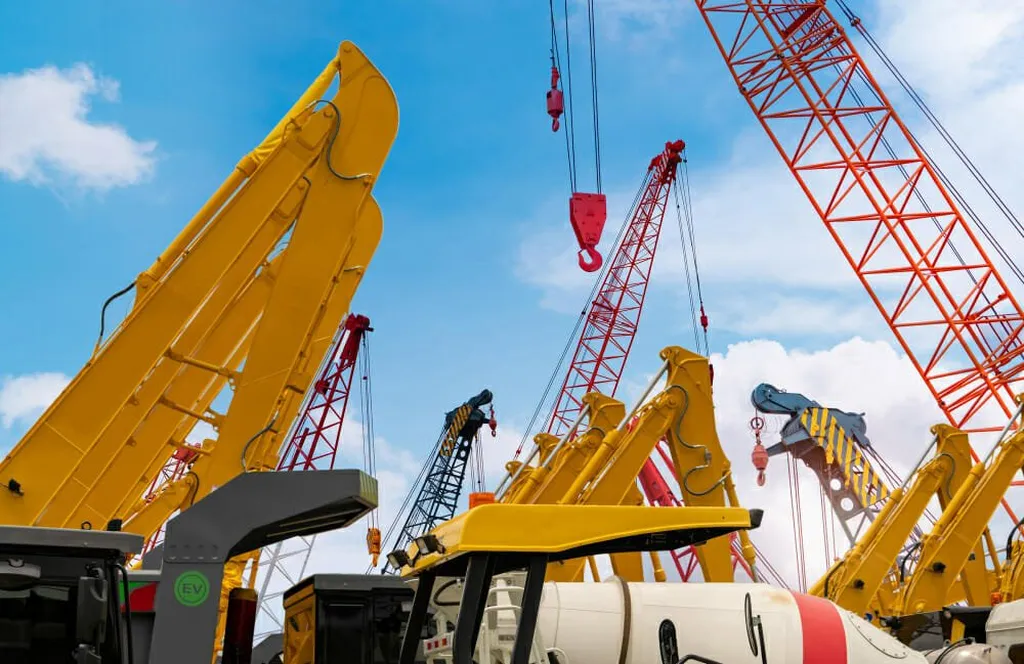In the world of heavy lifting and construction, stability is paramount. Yet, for operators of self-propelled jib cranes, instability has been a persistent challenge, with accidents due to overturning remaining stubbornly high over the past two decades. Enter L.A. Sladkova, a researcher from the Russian University of Transport, who has proposed a novel solution to this longstanding problem.
Sladkova’s research, published in the journal ‘Научно-технический вестник Брянского государственного университета’ (Scientific and Technical Bulletin of Bryansk State University), focuses on improving the outriggers of self-propelled jib cranes. Outriggers are extendable supports that increase the stability of these cranes during operations. However, traditional methods of enhancing their bearing surface have been criticized for their low production efficiency and high time costs.
“The existing methods are not only time-consuming but also lead to a decrease in productivity,” Sladkova explains. Her proposed design offers a fundamentally new approach. The shoe of the outrigger, which is the part that makes contact with the ground, is designed to adjust its bearing surface area in response to uneven force distribution under the supports.
This adaptability is achieved through a hydraulic system that can alter the length of the links connecting the shoe elements. “The obtained dependencies allow us to determine the ratio of the lengths of the links and change them depending on the type of bearing capacity of soils or the stroke of the hydraulic cylinder rod,” Sladkova elaborates.
The implications of this research are significant, particularly for the energy sector, where cranes are often used in construction and maintenance of infrastructure. Improved stability can lead to safer operations, reduced downtime, and increased productivity. Moreover, the proposed shoe design is easy to manufacture and maintain, making it a practical solution for the industry.
As the construction and energy sectors continue to evolve, innovations like Sladkova’s could shape the future of heavy lifting equipment. By addressing a longstanding challenge, her research paves the way for safer, more efficient operations. As the industry looks towards the future, such advancements will be crucial in meeting the demands of an ever-changing landscape.

